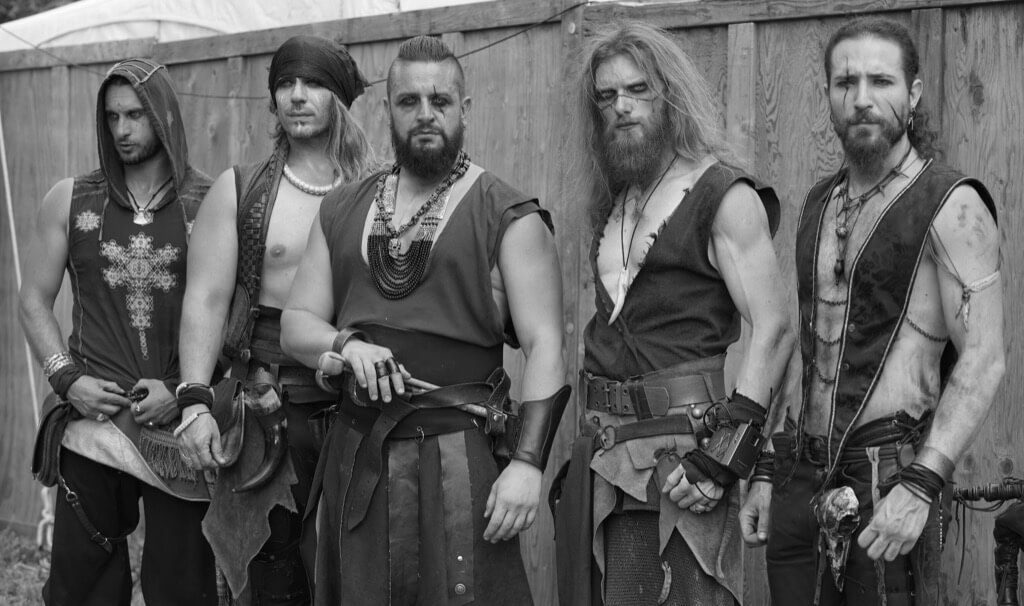Piracy: it’s a subject that’s captured the imagination of countless readers and filmgoers over the years. But the romanticized image of the swashbuckling pirate isn’t always rooted in fact. Let’s demystify some popular pirate myths and provide a clearer view of history.
Walking the Plank? Not so Common
Contrary to popular belief, having victims walk the plank was an uncommon practice among pirates. Pirates primarily sought loot, and killing off crews indiscriminately would deter surrenders and make their heists more challenging. On the few occasions when they did want to dispose of a crew member, it was more straightforward to toss them overboard. The dramatized plank-walking legend can be traced back to works like Robert Louis Stevenson’s Treasure Island and J.M. Barrie’s Peter Pan.
Pirates and Parrots: A Profitable Connection
While pirates didn’t typically have parrots as beloved pets, they recognized their monetary value. During the “Golden Age of Piracy”, the exotic pet trade in Europe was thriving. Pirates would capture these birds from Central America and the Caribbean, turning a handsome profit in European markets. So, the next time you picture a parrot perched on a pirate’s shoulder, remember it was more likely heading to a European market than becoming a pirate’s lifelong companion.
The Reality of Peg Legs
Pirate battles were perilous, often resulting in severe injuries. While we imagine many pirates with peg legs, the reality was that amputations, often performed under unsanitary conditions by the ship’s cook (who doubled as a makeshift surgeon), led to high mortality rates. Surviving pirates with amputated limbs were exceptions, and a peg leg was hardly a boon on a rocking ship, likely curtailing a pirate’s seafaring career.
Buried Treasure: More Fiction Than Fact
The allure of buried pirate treasure has fired up imaginations for centuries, but the reality is more mundane. Most known pirate treasures have been found. Pirates often spent or bartered away their riches. The tales of hidden treasures, like that of Captain William Kidd’s, often end with the treasure being discovered or debunked as a myth.
Pirate Speak: A Modern Creation
The quintessential pirate slang, such as “shiver me timbers”, gained traction long after the golden age of piracy. In fact, “shiver me timbers” became a staple of pirate vernacular thanks to Robert Newton’s portrayal in the 1950 Disney adaptation of Treasure Island. As for the iconic “is”, it was a part of the West Country vernacular, where Newton hailed from. With pirates hailing from diverse regions, it’s unlikely there was a universal pirate dialect.
Fun Pirate Facts You Didnt Know
Protect Your Head, Matey!
When you’re out and about under the blazing sun, think of the pirates. Those handkerchiefs and skull caps you see in movies weren’t just for fashion. Pirates wore them to protect their scalps from the scorching sun. So, the next time you’re thinking of a sun hat, remember you’re donning a practical pirate accessory!
The Secret Behind the Eye Patch
Ever wondered why some pirates wore eye patches? No, they weren’t always blind or missing an eye. It’s believed that the eye patch helped them quickly adjust to the darkness below the deck. Your eyes can take up to 25 minutes to adapt from bright sunlight to darkness. So, if you’re planning on switching between bright and dark environments, you might consider trying an eye patch. It’s not just a pirate’s quirk – it’s a smart move!
Rolling the R’s Before It Was Cool
When you mimic a pirate, you probably exaggerate that rolling “are”. But did you know that this wasn’t solely Robert Newton’s invention? Long John Silver showcased it even before, in Treasure Island (1934) with Lionel Barrymore. However, it was Newton who made it iconic. When you try your hand at pirate talk, remember you’re channeling a bit of film history!
| Myth | Reality |
|---|---|
| Walking the Plank When you think of pirates, you might envision victims being forced to walk the plank. | Practical Pirate Actions You’d be closer to the truth thinking of pirates prioritizing loot and simply throwing uncooperative captives overboard. |
| Pirates and Parrots: A Love Affair You might have believed that pirates had an affinity for parrots. | Parrots as Profit In reality, when pirates saw parrots, they saw potential gold. They captured them to sell in the booming European exotic pet trade. |
| Pirates and Their Peg Legs When you picture a pirate, a peg-legged individual might come to mind. | The Deadly Reality of Amputation The truth is a bit grimmer. Amputations often resulted in death due to unsanitary conditions. And surviving with a peg leg wasn’t very conducive to life on a rocking ship. |
| Buried Treasure Maps You might think pirates frequently hid their treasure, leaving maps for adventurous seekers. | Treasure Often Unhidden Most of the time, pirates either spent or traded their loot. Known pirate treasures have mostly been found without the need for a map. |
| Classic Pirate Lingo When you impersonate a pirate, you might use phrases like “shiver me timbers”. | The Evolution of Pirate Talk Many pirate phrases, like “shiver me timbers”, came after the golden age of piracy. The dialect varied widely based on the pirates’ origins. |
Pirate Codes: Lawless Anarchy or Structured Governance?
While pop culture often portrays pirates as renegades operating in total anarchy, many pirate crews abided by a set of rules known as the “Pirate Code” or “Articles of Agreement.” These rules laid out everything from how loot was divided to the consequences of stealing from another crew member. It was a democratic system: each crew member had a vote on major decisions, and captains were often elected based on merit. This form of governance maintained order dispelled disputes, and ensured that everyone got their fair share. In contrast to the lawless image, pirates were often organized and bound by a strict code of conduct.
The Blackbeard Myth
Blackbeard, also known as Edward Teach, is one of the most famous pirates, renowned for his terrifying appearance with slow-burning fuses in his beard. But was he as ferocious as tales claim? While Blackbeard was indeed a formidable force, his fearsome reputation was as much about theatrics as actual brutality. He cultivated a horrifying image to intimidate enemies into surrendering without a fight. This minimized risks and damages, showing Blackbeard was as much a strategist as he was a pirate.
Female Pirates: Not Just Men’s Territory
While the stereotypical pirate is male, several formidable female pirates made their mark on history. Names like Anne Bonny and Mary Read might not be as well-known as their male counterparts, but they were just as ruthless and cunning. These women often had to disguise themselves as men to be taken seriously, but once their true identities were revealed, their reputations spoke for themselves. Their presence in history dispels the myth that piracy was solely a man’s domain.
Pirates and the Jolly Roger
Most people associate pirates with the iconic black flag featuring a skull and crossbones, known as the Jolly Roger. However, not all pirates flew this flag, and its origin is more diverse than popularly believed. Different pirate captains had their variations, with symbols ranging from hourglasses to swords. The primary purpose of these flags was psychological warfare, instilling fear in their targets. The Jolly Roger’s ubiquitous association with piracy developed over time, but its historical use was varied and personalized.
Pirate Havens
While pirates are often depicted seeking secretive island hideouts, places like Port Royal in Jamaica and Tortuga off the coast of Hispaniola were bustling centers of pirate activity. These were not just hideaways but thriving communities where pirates resupplied, recruited, and even spent their hard-earned loot. Local economies benefitted from the pirate business, often turning a blind eye to their illicit activities. These pirate havens were integral parts of the Caribbean’s economic and social fabric, challenging the notion of pirates always being on the run.
History is always more complex than fiction suggests. By distinguishing myth from fact, we get a richer, more accurate picture of pirate life. For more engaging insights into history, culture, and more, visit our contact page.




